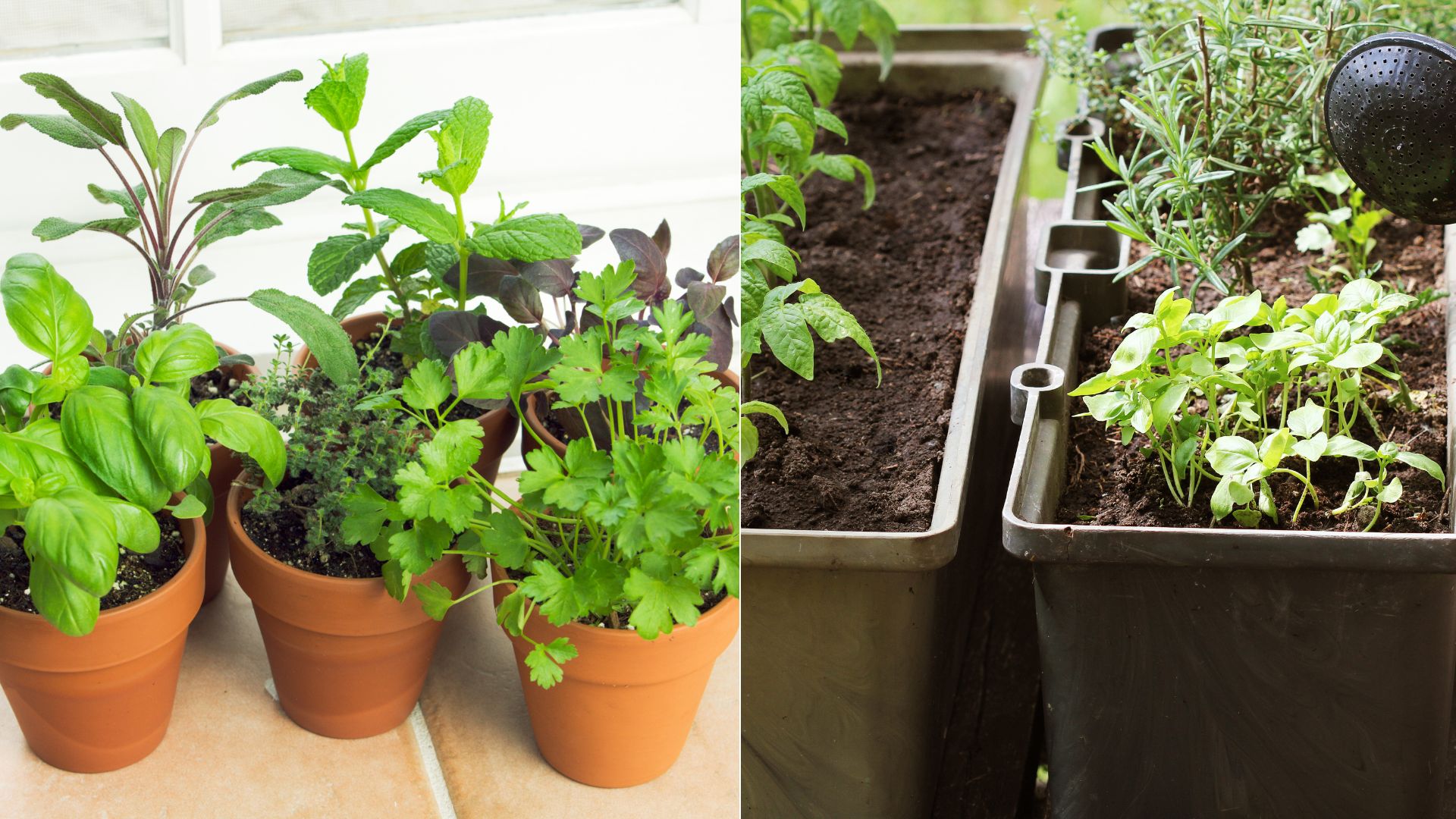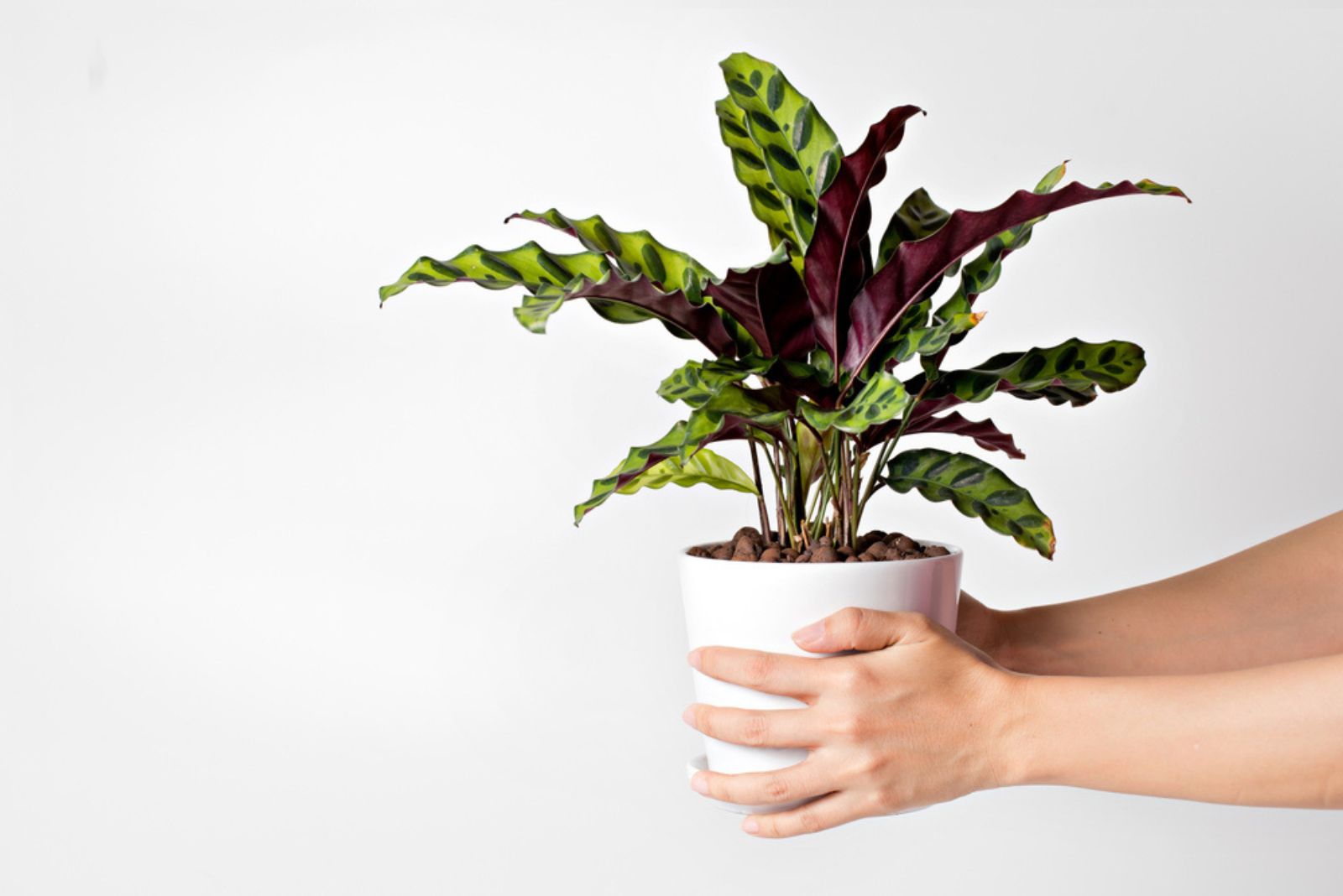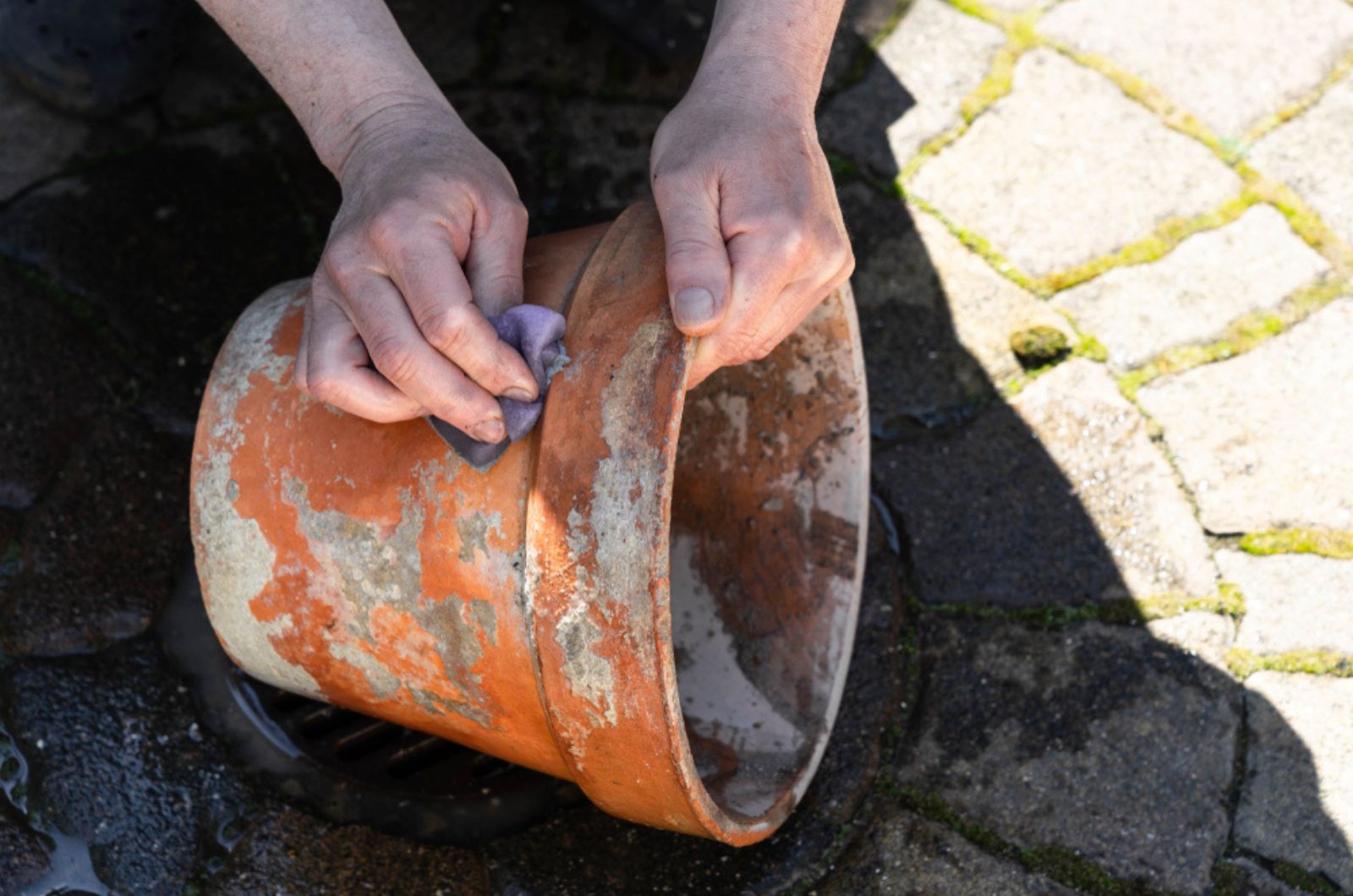When it comes to gardening, starting with a clean slate is essential. This principle applies not only to your soil and tools but also to your plant containers. Sanitizing garden plant containers might not be the most exciting task, but it’s a crucial step that sets the stage for healthy plant growth.
Whether you are repotting, starting new seeds, or moving plants outdoors, ensuring your containers are free from harmful pathogens is a smart move. Even if you’ve kept a new pot in your shed for some time, it’s best to sanitize it before usage.
In this article, we are going to give you the best tips for sanitizing your containers, so stay tuned!
Understanding Plant Risks When Transplanting
Give the plant a strong, healthy start in its new environment, no matter if you are putting it in your container garden or on the windowsill in your living room. By doing this, your plant will have a healthy foundation from which to flourish.
If you don’t get rid of pathogens and give your plant a clean start, you will probably have to deal with several issues. For instance, some fungal diseases will develop gray mold which resembles gray fuzz, or black spots on the stem and leaves of plants.
Powdery mildew can also stick around in an old container, which can cause seedling stem rot. Another summer plant disease is rust; and it can also be found in pots and containers. This fungus causes reddish discoloration on the leaves that look like rust, hence the name.
What can also be found in containers are bacteria and viruses. According to a University of Florida study, there are several bacterial illnesses that can go from a bug to the container and then to your plant.
The optimal environment you are creating for your plant will also encourage the bacterium, virus, or fungus to grow if these pathogens aren’t properly removed.
All of these can completely ruin your plants. Plus, you will go through a lot of trouble and worry when trying to get rid of pests and fungi (you can’t even save your plant from certain bacterial infections).
So, remember to always fertilize your pots and gardening tools!
Tips For Sanitizing Your Pots
Now that you know the potential risks, let’s see how to properly avoid them. Don’t worry, this is not a hard task. All you have to do is make a solution of equal parts warm water and white vinegar in a sink and soak the entire container in it for 10 to 15 minutes.
The vinegar contains strong acid that won’t harm your plant, but will eliminate the remaining pathogens. I wouldn’t advise using bleach because it can disrupt plant growth. However, if you still decide to use it, make sure to dilute it – nine parts water to one part bleach.
You can also use a simple detergent soap to clean the surface of your containers. The best way to clean your wood container is with warm soapy water!
If your pot is made out of plastic, porcelain, or some other tough material, use vinegar instead.
Don’t just use a hose to wash your containers and call it a day. Although some dirt and debris will get washed away, there are still some sticky pathogens that are not so easy to get rid of.
Regardless of the method you choose, be sure to rinse your pots thoroughly with clean water to remove any cleaning solution residues. Allow your pots to air dry in the sun to ensure they are completely dry before using them again.



